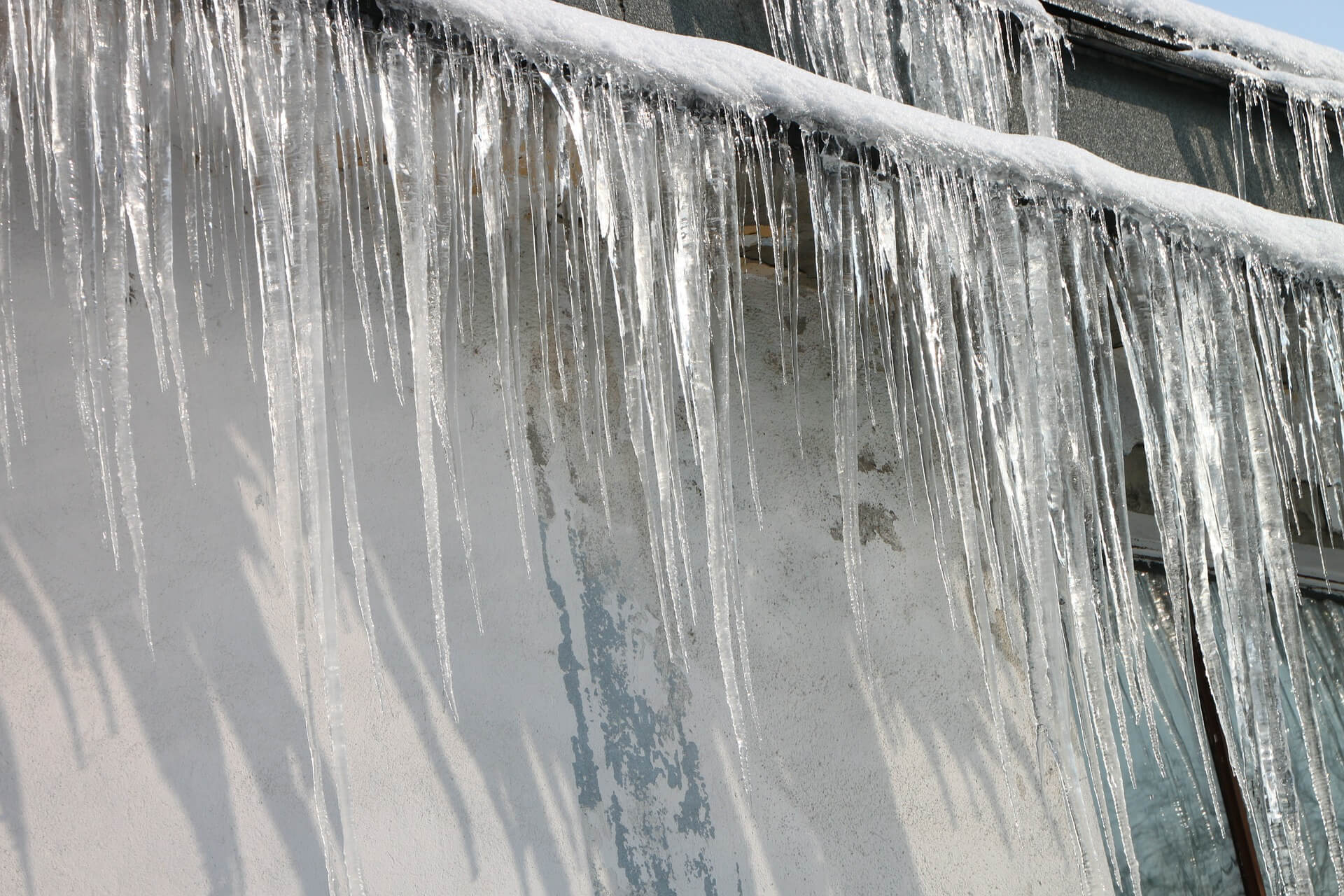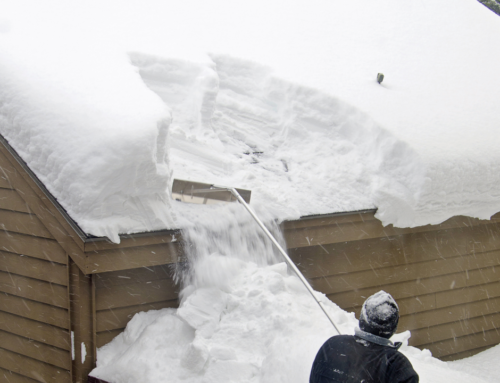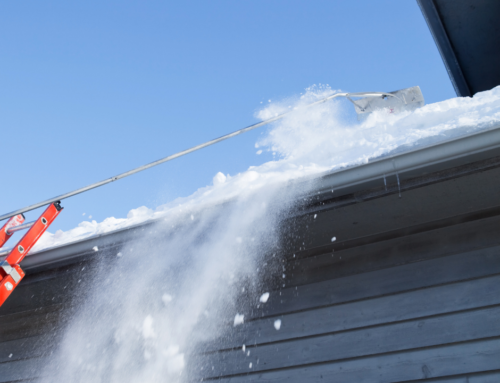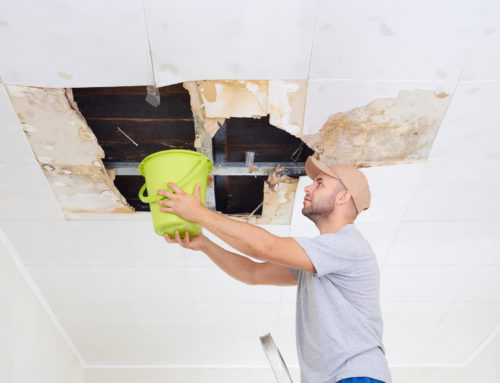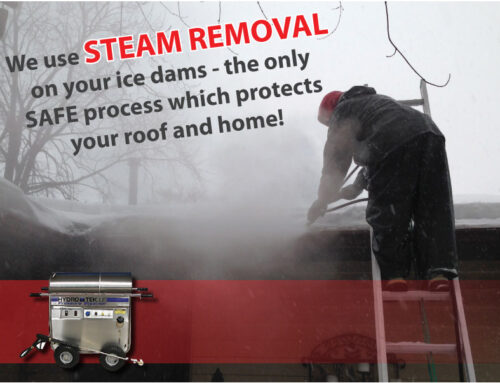Ice dams can result in damage to property, injuries, and fatalities, if not taken seriously. Homeowners in the Twin Cities often ignore ice dams or attempt to tackle the problem without professional help. It is important to understand what an ice dam is and how they are caused. Then they need to be removed safely.
Ice Dams Defined
An ice dam – unsurprisingly – is an ice barrier that builds up on the edge of your roof. When snow begins to melt, turning into sludge and water, it has no way of draining off the roof. With nowhere for the water to go, it keeps building up behind the dam and eventually begins to penetrate your home. Damage to insulation, walls, ceilings and anywhere water touches is a very real possibility if you have an unchecked ice dam.
Ice Dam Causes
The heat loss from your home plays a large part in helping an ice dam form. Other factors include the temperature outside and the amount of snowfall. The temperature on the upper surface of the roof becoming high enough to melt snow while the lower surface is cold enough to freeze the water as it begins to roll off the roof is two necessary factors in the formation of an ice dam. These factors combined with an outside temperature of below 32 degrees, and a ridge of ice forms. Any water runoff is trapped behind the dam, and that is when your problems really begin.
The dam will continue to grow as runoff frees and adds to the mass of the ridge. The sections of the roof that are above 32 degrees will remain unaffected by water freezing but will feed the ice dam when the snow melts. In weather where heavy or continuous snowfall is expected, homeowners are more likely to see ice dams later, in the thaw, resulting in the upper roof surface rising about 32 while the lower surface is closer to the outside temperature of below 32 degrees.
If you have an ice dam forming on your roof, do not delay in contacting Roof to Deck, to prevent damage from the resulting trapped water.


